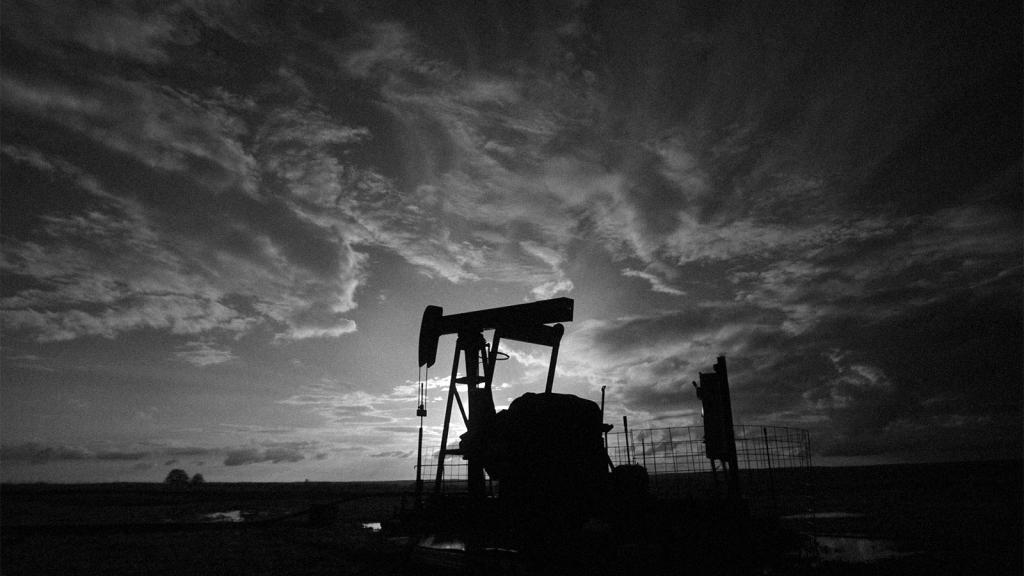After burning nearly half a million acres, the devastating wildfires of this past week in southern California have been put down. Controversy raged with the flames; now that the air is beginning to clear, it’s time to comb through the wreckage for some insight worth remembering. And there’s a lot to examine, as experts of all types came forward with reactions — some to lead, some to offer insight, and some to smear.
The San Francisco Chronicle had uncharacteristically kind words for Governor Arnold Schwarzenegger. Bill Whalen pointed out that:
Throughout the week, he stayed optimistic, talked action and results, and resisted the media’s bait to blame someone — anyone — for California’s misfortunes. It’s exactly what you look for in a leader.
The governor won accolades, and the firefighters, working brutally hard while in danger, battling day and night against sixteen fires, fueled at the start by 100-degree temperatures and gale-force winds.

Watching the fires in southern California burn through the night. (Photo: San Diego Fire photo pool, via flickr)
The Forest Service is given credit for winning one big battle in Lake Arrowhead, by insisting for years on fuel breaks and tree-thinning, a determined action that may have saved that pricey resort town.
Near a windy pass in northern L.A. county, a development named Stevenson Ranch — attacked by huge Santa Ana-backed fires in both 2003 and 2007 — survived both infernos thanks to intelligent use of the idea of "defensible space."
Few others got off unscathed.
The state was criticized by the likes of moderate Matt Millen: After the 2003 fires, its own blue-ribbon commission recommended the state provide newer aircraft and more fire trucks, and work out procedures to call on Navy and Marine aircraft for help during crises.
This did not work out well when the fires blew up last week, partly because the "spotters" that Cal Fire insisted be in aircraft before taking off were often busy fighting the fire on the ground.
But for its biggest Sunday edition, the Los Angeles Times focused the front page on a story that looked at local firefighting forces, and with charts quietly but forcefully made the point that counties that do not tax constituents to support fire departments have fewer firefighters and resources.
Surprise, surprise.
An urban planner at the University of California alleges that some of these antitax initiatives are launched by developers who don’t want to pay for services — including firefighters.
This could explain why San Diego County still in part depends on volunteer firefighters, and why the county’s firefighting forces do not meet national standards and were denied accreditation, and why the fire chief quit this year. In neighboring Orange County, which is almost as conservative, fire trucks are staffed with only three men — one less than the minimum, according to national standards.
Orange County, the sixth-wealthiest county in the state, has an annual firefighting budget of about $260 million. The Fire Authority has roughly one firefighter for every 1,100 people in the county’s coverage area. But that figure climbs dramatically — one firefighter for every 1,800 residents — if only full-time, professional firefighters are counted.
By comparison, Ventura County has twice as many firefighters per capita, approaching 900. Los Angeles County’s ratio of one firefighter per 1,500 residents is about 16 percent stronger than Orange County’s.
On the right, Glenn Beck took pleasure in the idea of Malibu residents losing their homes to fire, allegedly because they hated America. (And freedom, no doubt.) Reliably nutty Michelle Malkin dug out a four-year-old claim from disgraced ex-Congressman Richard Pombo to blame environmentalists, while Fox pundits pointed the finger at Al Qaeda and the government.
Closer to the left-hand side of the political dial, Senate Majority Leader Harry Reid attracted a storm of criticism for saying that "one reason we have the fires in California is global warming."
More directly, one arsonist was caught in the act, and another shot and killed, but no one thinks this will solve the problem. During Santa Ana conditions it’s all too easy to set off enormous fires entirely by mistake, or carelessness — the Buckwheat fire that burned nearly 38,000 acres was ignited by a ten-year-old playing with matches, who is reportedly distraught over what he did.
In truth, fire-starts in SoCal rise with population growth, as Geological Survey researcher Jon Keeley has shown; as one might imagine, more people, more fires. (Recently he has found that past a certain point of density, when open space begins to tail off, so too does the number of major fires.)
This theme was taken up by Dave Gardetta, who looked long and hard at the role of arson in Southern California wildfires, but in the end settled on a more familiar culprit: us.
A report released last summer in the journal Ecological Applications — and read by almost no one — found that a landscape with an average of 45 humans per square kilometer was the perfect ecological system for creating the highest number of wildfire ignitions. Lower the population, and less activity exists to generate fires; raise it, and there is less wild land to burn.
Something you couldn’t help noticing in the helicopter pan shots last week were the number of roads, strung out loosely with houses, that wound through the glowing chaparral-and-conifer landscapes. The roads were everywhere, those on the furthest horizons waiting for construction starts. Gazing down on those houses, some aflame, lining roadways from Blue Jay to Ramona to Bouquet Canyon, even someone with a passing knowledge of the metric system could have concluded, "Yep — looks like about 50 people per square kilometer to me."
Of course, California has always had wildfires, and big ones, during the Santa Ana season — but in past centuries, they were more likely to burn chaparral than homes. Perhaps the best single opinion piece on this latest batch of fires came from, of all people, an architecture critic, Christopher Hawthorne, who brought real depth to a mundane observation.
Adjacency to nature rather than full immersion in it has always been at the heart of the suburbs’ appeal. The developers who create our version of it, particularly in the fastest-growing parts of Los Angeles, Orange and San Diego counties, have been highly successful at giving their projects the air of the familiar mixed with a touch of unspoiled landscape.
Disasters, though, have a way of stripping away those signs of comfort and rather starkly revealing land-use patterns as well as the philosophies that underpin growth. The flooding in New Orleans that followed Hurricane Katrina, for example, wiped out mostly suburban-style ranch houses that had been built slab-on-grade, without the raised foundations and other low-tech flood-protection mechanisms that once distinguished the city’s houses.
There is a reason that the oldest neighborhoods in New Orleans virtually never flood. They were built on naturally high ground, produced over the centuries by deposits of Mississippi River silt. And there is a reason that wildfires in Southern California prey mostly on subdivisions built in the last 50 years or so, when suburban expansion and faith in American know-how were at their height.
So there you have it. The problem is developers. Or us. Or the Santa Anas, arsonists, global warming, Al Qaeda, or environmentalists. Or, of course, bureaucrats.
The complexity of this blaming brings to mind perhaps the most hallowed of all environmental quotes, by John Muir: "When we try to pick out anything by itself, we find it hitched to everything else in the universe."
The truth is not that one of these stories is true, and the others are not; the truth is that most of these stories are true, but we as a species are afflicted with the narrative fallacy — we want to hear just one story.
Fortunately, one good thing came out of this disaster: the Los Angeles Times rose to meet the crisis head-on, and brilliantly reported, debated, photographed, and even illustrated the nature of the wildfires with the best Flash-animated explanation yours truly has ever seen in a newspaper. Most of the above links come from the voluminous coverage in that paper; check them out before they’re taken down.
Also good news: California Senator Dianne Feinstein has announced she will hold hearings later this month on the fires in San Diego. She held out the promise of additional federal aid, but made clear that the meetings will begin with a discussion of local firefighting resources and taxes.
Meanwhile, back on earth, this weekend the Santa Anas are expected to return, although not as strongly. With a dry La Niña condition forecast, this could turn out to be a long, hot winter in Southern California.

Fires choke the sky with ash. (Photo: San Diego Fire photo pool, via flickr)

